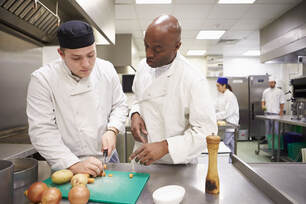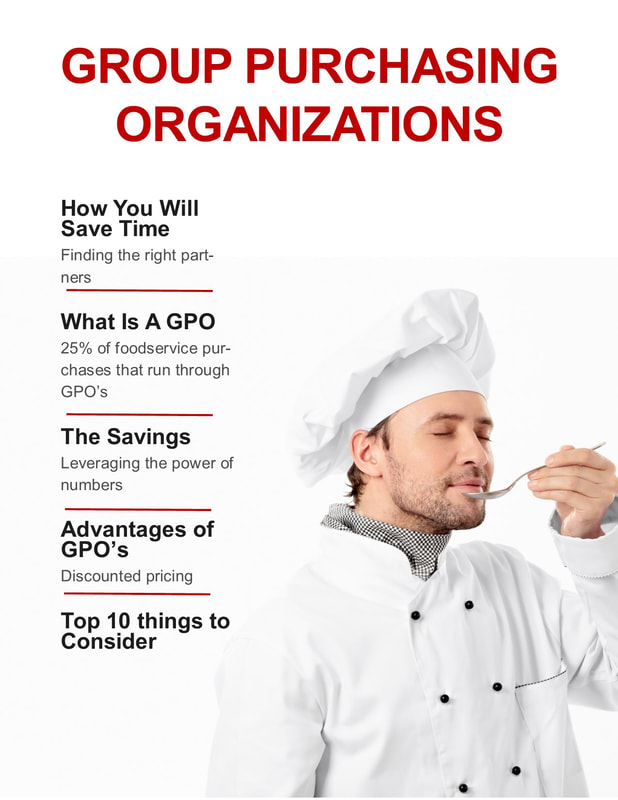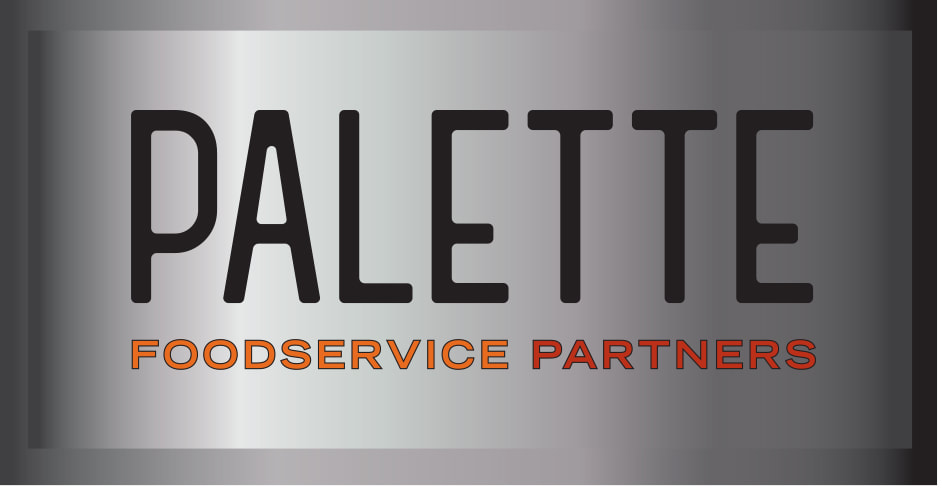 Your restaurant’s efforts to upsell guests or cross-sell additional items to them may fall by the wayside during a busy shift – or if it’s the responsibility of a new person on staff. But these incremental boosts in sales can mean a lot when you’re trying to maximize business during slower weeks of the year. It’s a good time to take a moment to make sure you’re maximizing sales opportunities – whether with the help of your technology or not. If you don’t have a tech stack that allows you to automatically upsell and cross-sell guests, train your staff boost their success in generating these sales by helping them choose the right moment to suggest a menu item (and doing so enthusiastically but not aggressively), giving them some specific and high-margin items to focus on, focusing on orders where your guests generally welcome some extras (delivery or takeout, for example), and ensuring your staff can pick up cues that a guest is not interested in ordering additional items. Even if you do have upselling and cross-selling capabilities through your POS, review them to make sure you’re making the most of them – just in case having the technology has made it easier for you to set a task and forget about it. You can ensure you capitalize on sales opportunities if you review your guest’s sales journey to make sure they are getting the written and visual messages throughout the process that feel natural to them, set various prompts/deals/promotions and then measure their success, and continuously look for ways to assess and improve each step of the sales journey.  A survey conducted by the National Restaurant Association earlier this year found that 79 percent of operators are having difficulty hiring. Hospitality and foodservice labor turnover, which is about twice the national average, adds to the costs and strain of finding staff. Whether you’re currently short-staffed, or if you simply want to be more prepared and flexible when members of your team are ill, cross-training your team can help you. Employees who know how to perform multiple roles can flex with the shifting demands of your business, giving you better protection against absence and changes in the overall business environment. It allows you to redirect staff to other tasks if you happen to be over- or under-staffed during a shift. It can also encourage your team to be more engaged with their jobs if you’re offering them opportunities to develop new skills and varying their day-to-day responsibilities. While additional training can demand resources, you might offer rewards to team members who provide on-the-job coaching to less experienced staff, and if you’re already relying on automated tools to deliver training materials, you can expand their use to a larger group of staff. Who knows? Your cross-training efforts may help you to more quickly identify employees’ individual skills and find ways to use them in other parts of your business.  The job market is booming – especially for the hospitality sector. The January jobs report indicated that the U.S. economy added 517,000 jobs in January, marking the lowest unemployment rate in 50 years and dissolving lingering worries about a recession. So how do you keep the talent you’re able to attract? Max Wesman, CEO at GoodHire, told QSR web that setting goals is critical – along with providing rewards when those goals are achieved. That could involve setting a specific target for preparation speed, order accuracy, or some marker of customer service provided, then providing an incentive for staff to come together and achieve the goal over a set time period. What motivates your team might be a cash reward or simply getting priority in selecting shifts for the next month or quarter. Assess your biggest pain points and biggest team motivators to make the best matches between goals and rewards.  You may be familiar with the menu engineering model that guides restaurants to categorize menu items into one of four buckets: stars (top-selling, high-profit items), plowhorses (popular items that aren’t necessarily high-profit), puzzles (items that sell and make a profit but aren’t consistent) and dogs (lowest performing, lowest profit items). A webcast from US Foods encourages operators to think of labor in the same way, categorizing employees according to their productivity and alignment with your culture. Like your menu items, your staff behave and respond in different ways – some demand (and deserve) your attention and resources, while others are best guided out of the business before they damage the morale of others. Specifically, an “A” employee is aligned with your culture and highly productive, a “B” employee is aligned with your culture and not as productive, a “C+” employee is not aligned with your culture and isn’t as productive, and a “C-“ employee is productive but creates a counterculture in your organization. There is power in knowing where each person sits at a given time. Your A players – your stars – are those you want to keep at all costs, so direct your resources toward them to help them develop and secure their loyalty to your business. B employees could be up-and-coming A’s with some additional training from the A’s. C+ players could be new employees – they may have the right attitude but they need help to become more productive and aligned with your culture. The C- players may well be good at what they do, but they are dangerous because their attitudes can work against the business. Are you taking stock of where your staff fits? Doing so helps you continuously recalibrate so you can maximize your sales and service while weeding out detractors.  Restaurant culture is a frequent news maker right now, and as evidenced by the popularity of the drama series The Bear, it’s a source of entertainment too. Against the backdrop of workplaces of all kinds being reinvented to suit employees, restaurants – and their reputations as high-pressure environments that can be tough on employees – are coming under increased scrutiny. Changing the industry’s reputation for the better can start with individual restaurants making decisions that support career longevity so you can retain the staff you currently have. As we approach the time of the year when seasonal illness begins to ramp up and holiday gatherings are being planned – both of which put additional strain on restaurants – give your culture a health check. Take care of your team by regularly giving them an outlet to share feedback and ask for support or help without judgment. Make sure they have time and space to rest between shifts. Review your policies for sick leave and overtime so you can anticipate challenges and make fair decisions. Train staff regularly to keep them motivated and engaged. Get to know them as people. As part of your daily conversations, ask what they’d like to learn and encourage them to set written goals to prepare them for positions of increasing responsibility in your business. Give them incentives to keep going by rewarding the stand-out performance of individuals and teams. Then make it worth their while to stay – through a bonus or other benefit for those who stay past a certain period of time.  Labor – specifically, the recruitment and retention of staff – is among the top challenges restaurant operators say they are facing this year, according to recent surveys from the National Restaurant Association. The pandemic has amplified operators’ need for staff and also increased already-high quit rates in the industry. But on the positive side, it has also motivated many foodservice brands across the industry to creatively transform restaurant jobs into longterm careers. Two executives from Los Angeles-based Everytable landed on Nation’s Restaurant News’ 2022 Power List for developing a program to do just that – and it reflects Everytable’s values to make healthy food more available in food deserts. In a recent webinar with Nation’s Restaurant News, Everytable’s Christine Hasircoglu and Bryce Fluellen discussed the company’s new social equity franchising program, which includes elements that other brands might repurpose. They said that while women and minority groups are often the people working on the front lines of restaurants, their numbers dwindle at higher levels of restaurant leadership. Everytable set out to create new paths for leadership and ownership at their company by committing to hiring and promoting staff from within their company and their community – and also making franchise ownership a more achievable goal for these staff. To do so, Everytable partnered with philanthropic organizations to develop a program that guides candidates through a year-long, paid apprenticeship. It includes management and leadership courses, assessments and a final interview that, if successful, culminates in a franchise agreement for the person – and the seeds of a longer-term career in the industry. There are no up-front costs for the person upon the opening of the franchise (access to capital is often a major barrier to franchise ownership for marginalized groups), and the person signs an agreement to repay costs over a five-year period.  At this time last year, it would have been unthinkable: During the first three quarters of 2021, sales for DoorDash and Uber Eats have plateaued, after a steady rise in 2000. To be sure, off-premise solutions are still needed and not going anywhere – particularly after the lockdowns made restaurant takeout and delivery the only means of getting restaurant food. But even as consumers have been enjoying a gradual return to in-restaurant dining this year, the stagnation in sales for third-party delivery providers does demonstrate the need for restaurant operators to be nimble in response to fluctuating demand from different sources. When you are faced with changing conditions – be it the weather, supply hiccups, foot traffic outside your storefront or something else – how quickly can you adapt? Lean on forecasting tools and information on historic sales to schedule staff and predict traffic, along with a Kitchen Display System that can help you streamline and prioritize orders from different streams. On the lower-tech side, consider approaches including cross-training staff in a range of tasks and using more speed-scratch ingredients in the kitchen in order to free up staff to take on different tasks as demand requires.  Restaurant work, reinvented As with so many other aspects of the restaurant business throughout the course of the pandemic, restaurant work is experiencing a period of reinvention – and it’s not all about raising wages. At its heart is the need to manage the work involved in the business so restaurants can offer meaningful roles and flexibly respond to turnover. A recent New York Times report describes how at a number of restaurants around the country, the kitchen hierarchy is being scrapped in favor of a more egalitarian system. This is playing out in a range of ways: At some restaurants, long-time employees are being given profit-sharing opportunities or even a stake in ownership so they have more incentive to commit to the business and help it thrive. At others, responsibilities are being shared more evenly, with employees being cross-trained in functions ranging from events to finance to food preparation – and being given opportunities to contribute ideas regardless of their rank. These steps – which many restaurants took during the pandemic in an effort to survive – are actually good long-term strategies that may make it easier for these businesses to roll with the challenges that come. This will make restaurant teams look different in the future – a smaller crew of higher-skilled employees who can recreate a recipe, manage incoming orders, interact with guests and make financially sound decisions, vs. a larger, more hierarchical team with different skillsets. By elevating the skills of its team, a restaurant can spread its risk more thinly – it won’t buckle if one employee leaves (though employees with meaningful roles are less likely to leave in the first place). Looking at your current staffing approach across your business, have you reverted to pre-pandemic approaches that need to be refreshed? Are there any roles that could be recast for improved post-pandemic resilience? We’ve all heard the stories about how difficult it is for restaurant operators to hire staff right now. But as we emerge from the pandemic, the operators that have survived have learned lessons that can also help them thrive – and attract creative people who want to be part of that. Even though it may be tempting to return to pre-pandemic ways of restaurant management, the landscape has changed – and restaurant roles can (and perhaps should) change too. In a recent Eater report, New York restaurant operator Michael Schall said he was able to retain his staff last winter – even as people abandoned both the city and the industry – by rethinking the roles of staff he couldn’t lose and guaranteeing their income for a set period of time. Kitchen staff were kept busy through the quiet months with his restaurant’s newly created grocery and meal kit programs, and with odd jobs like painting. As restaurant life begins to feel closer to normal, consider how you can help your team build careers with you for the longer term. Can you use their help in extending the new income streams you created to keep going during the pandemic? Could you use your space and staff for new purposes – and at new times – now that so many potential guests have adjusted their work schedules? Could you create new multifunctional roles that involve technology or social media marketing now that we have seen the need for strong off-premise sales structures? As we return to somewhat-normal conditions, now is a good time to decide what lessons of the past year are worth applying permanently.
Restaurant businesses have required some radical reinvention in 2020. Everything ranging from menus to service models to hours has required some assessment and adjustment – often with little advance notice. The same may be true of your staffing plan. As we approach the winter months – and the added challenge of flu season – labor is yet another wild card restaurant operators must be able to manage. Now and in the longer term, it will help you to find way to accomplish more (e.g. orders and prep tasks) with less (e.g. workers and kitchen space). If you had to operate with a skeleton crew today, what would it look like? How many staff would you need to accept and prepare delivery orders? What technology or systems could be made more efficient? Has COVID-19 made any new staffing positions necessary or existing positions obsolete? To what extent have you cross-trained staff to help with kitchen, customer service, delivery or even back-office tasks in specific cases? Could you automate any tasks that people currently oversee? Before you need it, fine-tune your crisis management strategy with an updated staffing plan – and test it to determine where it works well and where it needs further adjustment. While this year has been full of challenges, it has also rewarded operators who have been able to pivot to new ways of working. The steps you take now can help you minimize the hurdles you may face in the months ahead.
|
Subscribe to our newsletterArchives
April 2024
Categories
All
|






 RSS Feed
RSS Feed